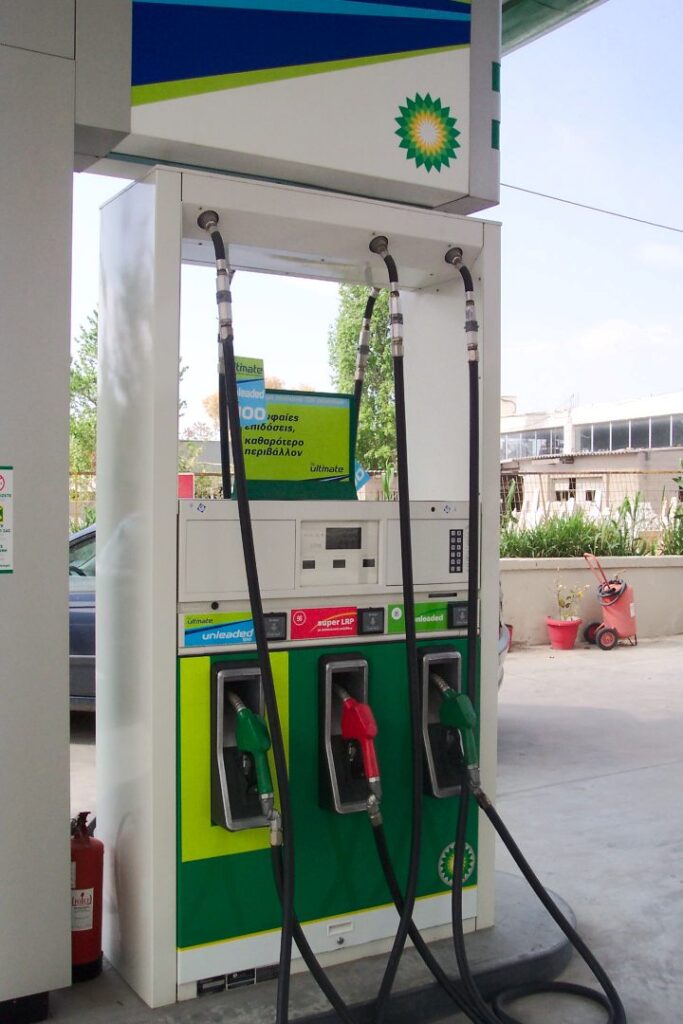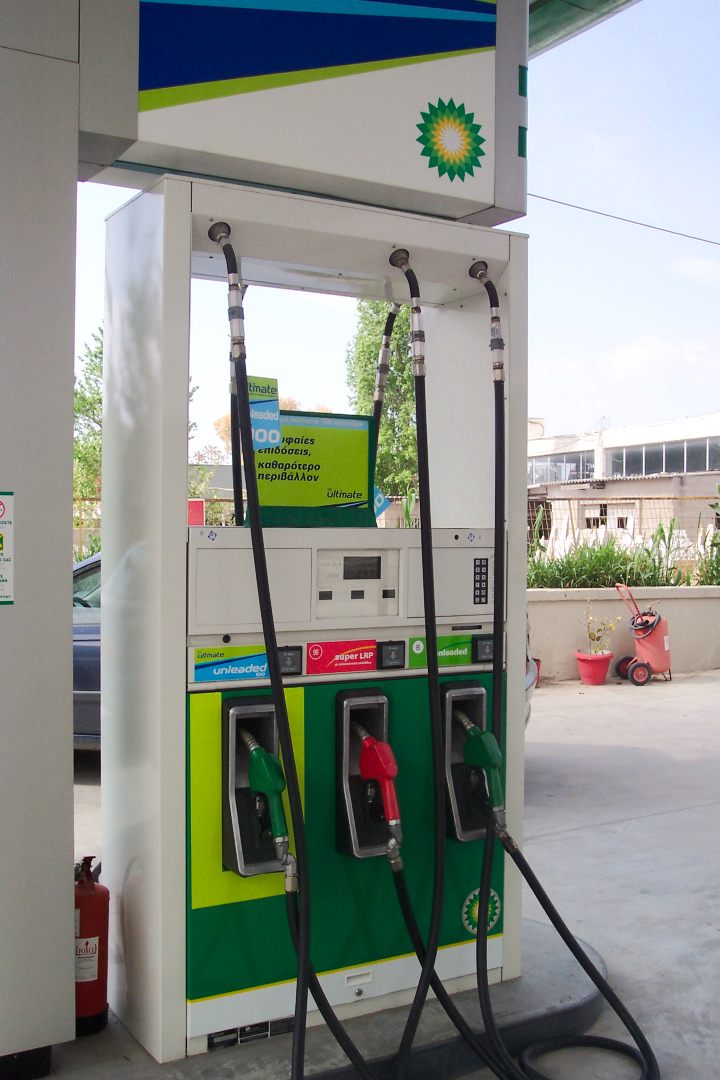13th October 2022
The Petroleum Pricing Committee has learned with concern the shutting down of operations of Oil Marketing Companies by Monday 17th October 2022. Oil Marketing Companies have claimed difficulties in key variables of the current Fuel Pricing Structure namely, Letter of credit, Importer margin, dealers’ margin, and foreign currency (exchange rate of the US$).

It should be noted that the pricing committee held a consultation with the OMCs prior to the release of the final price structure for October 2022 and as such it’s surprising that we notice their reaction only through a press release without prior consultation with the pricing committee. On the issue of the exchange rate, the practice is to use the exchange rate prevailing at the date of the price decision based on the exchange rate submitted by the commercial banks. Any variation between this exchange rate and the future rate is a function of market forces.
The pricing committee will continue to use the exchange rate from the official market as a reference rate in the price structure. The dealers’ margin as alluded to by OMCs is set at D5.05/litre it is, however, important to note that this margin was historically at D3.88/ litre. To address their concerns about the low margin, the Petroleum Pricing Committee increased this margin to D5.05/litre to allow OMCs to cater for their overhead costs such as transport, utilities, and other expenses associated with their operations. OMCs also raised concerns about the importer margin of US$50/MT and US$40/MT for PMS and AGO respectively.
This margin is normally revised periodically based on market conditions in consultations with OMCs. In addition to the above, it is worth noting that OMCs/Traders also get a Traders’ Premium of US$90/MT and US$110/MT for PMS and AGO respectively, however, OMCs failed to mention this in their Press release. As determined by market conditions, this premium is also subject to periodic review in consultations with OMCs.
The letter of credit charge of 1.5% is an upward adjustment of 0.5% over the amount obtained from the list of charges as published on the website of the Central Bank. The inability of the banks to issue LC is a business issue for the individual OMCs. The claim of the OMCs to incur losses has not been substantiated with any financial statements as proof of the said losses and it is surprising how this was possible given the subsidy extended to the sector. The Petroleum Pricing Committee also wants to inform the general public that the government continues to subsidize AGO (diesel) for D7.03/litre on each litre sold to the general public.
This continued subsidy is primarily to limit the pass-through effects of fuel prices in the transport cost of basic goods and services as a form of social safety net for the vulnerable group of society. As licensed operators in a regulated market, OMCs are bound by certain guidelines and conduct which is contrary to the observed behavior in the past two months of strikes and threats of strikes. And as partners, the government remains open to discussions and providing long[1]lasting solutions to both parties.
Finally, the government assures the general public that the supply of petroleum products will be available and will remain resolute to ensure supply to the general public. No effort will be spared to ensure the smooth functioning of the fuel sector and uninterrupted business.
Signed
The Permanent Secretary
Ministry of Finance and Economic Affairs



